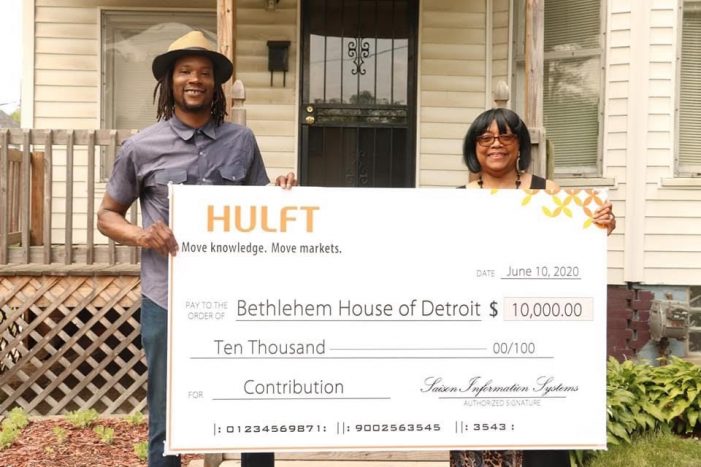She picks up a paycheck and sleeps on a park bench. Those are the days she counts herself among the lucky. There are other days when she makes her bed on ground on the east side of Detroit.
“Those days are the worst,” according to the female worker, who despite having a job is homeless.
She sleeps where and when she can and counts on public transportation to get to work daily. If the bus isn’t working, she isn’t either.
And this Eastsider isn’t an anomaly.
EMPLOYMENT DOESN”T TRUMP HOMELESSNESS – NOT ANYMORE
Many Americans perceive that employment trumps homelessness. It doesn’t. And when it doesn’t, working people become a part of the growing number of America’s working poor.
Left unchecked, the group may soon count among the country’s fastest growing demographics, according to housing experts, who fear the worst is yet to come.
“It’s hard sometimes for people to appreciate, ” says Deborah Foster, a transitional housing expert and executive director of the Bethlehem House, who helps women like the homeless eastsider.
HOMELESSNESS MAY SOON BE MORE PREVELENT

Many people’s perception of the homeless is pretty far off reality, according to Foster, who advocates for thousands of the working while homeless in Detroit.
“That may change as more and more working class Americans become a part of its working homeless'” says Foster.
“Financial hardship can befall anyone,” says Foster, who points out that Bethlehem House residents come from a diverse range of races, religions, and occupational backgrounds.
The House has provided a safety net for attorneys, nurses, school teachers, retail, bank and factory workers, according to Foster.
“Some refinanced their homes and couldn’t keep up with the payment,” she says. “Some lived in apartment buildings whose owners refinanced and lost the building.”
The common thread among them?
“They’ve experienced financial hardship beyond their control,” says Foster. “Without good credit, your money is no good.”
And, with unemployment rising as a result of the coronovirus pandemic, homelessness will increase 40 percent to 45 percent by the end of the year, according to an analysis by a Columbia University economics professor reported on CNN.
GIVING IS GOOD
“I had to pull over,” says Foster, who was driving when she received the news. “I was beside myself. A few times before we’d applied for grants (from other places) and were turned down. So, to actually get that for such a large amount was a huge deal.”
Foster plans to use the $10,000 HULFT grant to purchase three computer stations, which will help them meetwork-from-home requirements, conduct job searches and online training programs.
It’s compelling life stories, like the ones Foster sees daily, that encourage organizations like HULFT to give, acoording its company officials, who were thrilled to learn of Bethlehem’s intent to purchase computers.
“We’re firm believers in women in technology and STEM,” says DmitryDukhan, senior director of digital manufacturing at HULFT. “Having a daughter, and being a computer geek myself, I see this as a win win win for everyone.
“This helps women in need,” says Dukhan. “It makes perfect sense.”
Editor’s Note: Freelance writer Shekini Jennings contributed to this report. HULFT is a California-based company whose corporate giving program is managed though the business’ parent company, Saison Information Systems based in Tokyo, Japan. The company has pledged to share at least one percent of its annual operating profits to organizations that are fighting poverty, famine, and disease.


